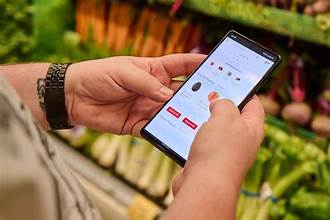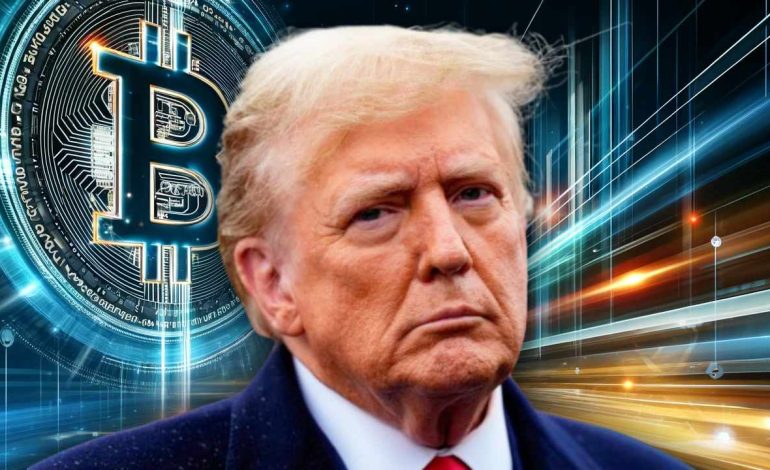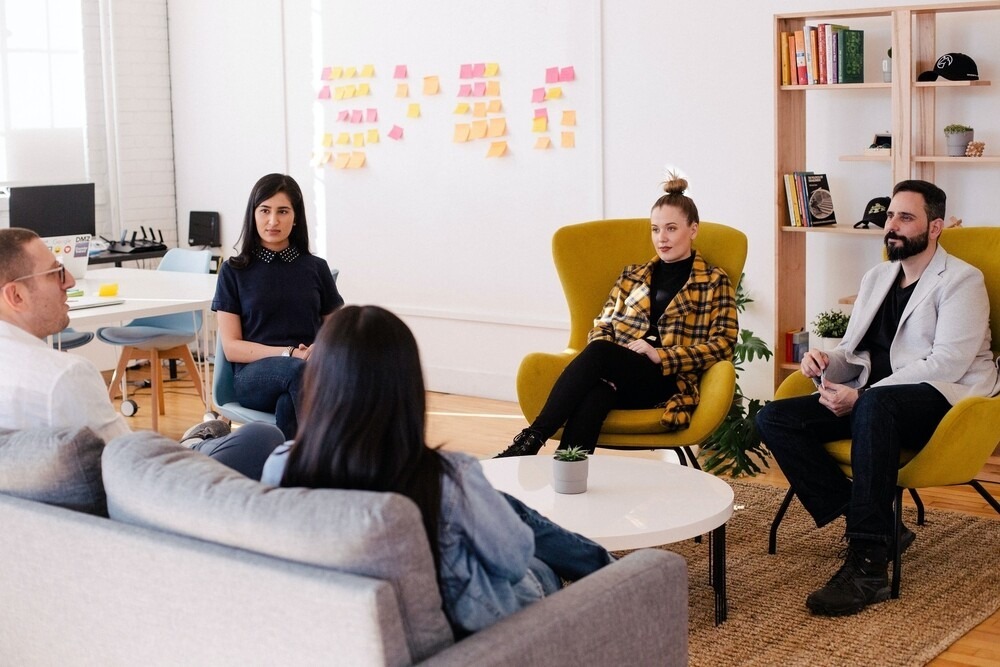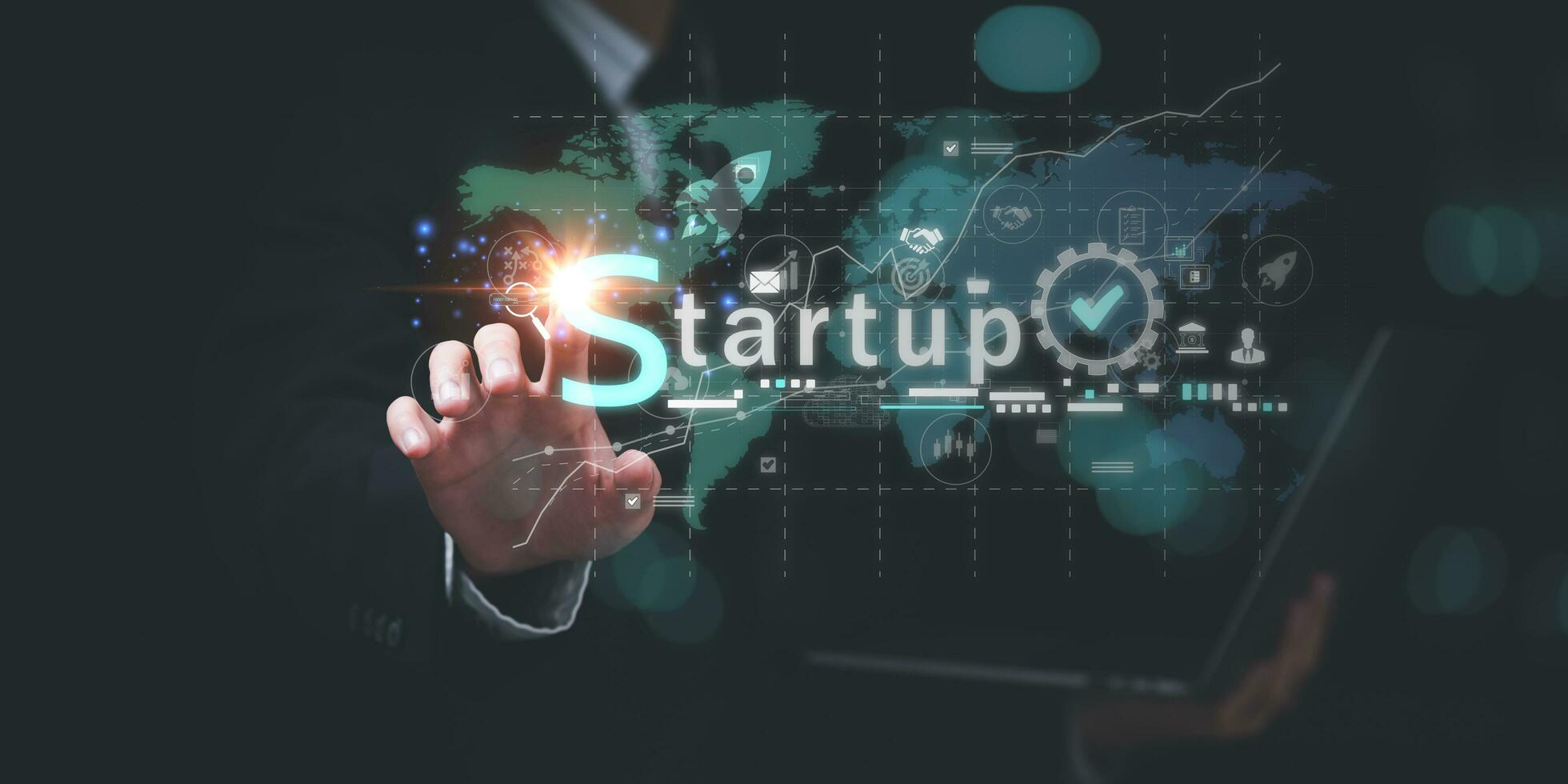Growing Dependence on BNPL for Everyday Essentials
A new LendingTree survey reveals a sharp increase in Americans using buy now, pay later (BNPL) loans to purchase groceries. According to the data, 25% of BNPL users are now financing grocery bills through these loans — a significant rise from 14% in 2024.
This trend is a clear sign that consumers are under pressure from persistent inflation, high interest rates, and growing concerns over tariffs. More individuals are struggling to afford basic necessities like groceries, highlighting a deepening financial strain across the country.
Late Payments on BNPL Loans Are Rising
The survey, conducted on April 2-3 among 2,000 U.S. consumers aged 18 to 79, also uncovered a concerning trend: 41% of respondents admitted to making a late payment on a BNPL loan over the past year, up from 34% the year before.
Matt Schulz, Chief Consumer Finance Analyst at LendingTree, emphasized that although most late payments were only by a week or so, they still represent growing financial instability.
“Inflation and high interest rates continue to squeeze budgets,” Schulz said. “Many people are turning to BNPL options to make ends meet.”
Why Buy Now, Pay Later Is a Double-Edged Sword
BNPL loans are often attractive because they split payments into manageable installments and usually don’t charge interest. However, the risks are growing:
- High late fees can accumulate quickly.
- Stacking multiple BNPL loans can create overwhelming debt.
The survey showed that 60% of BNPL users have held multiple loans simultaneously, and nearly 25% have managed three or more loans at once.
Schulz warned:
“While BNPL loans can be a useful, interest-free tool for bridging paychecks, mismanagement can lead to significant financial trouble. Consumers must tread carefully.”
Signs of a Shifting Economic Landscape
The LendingTree report comes as broader economic concerns mount. Major companies like Walmart and Delta Airlines have recently reported weaker-than-expected demand, suggesting consumers are pulling back on spending.
Meanwhile, lifestyle trends reflect this financial stress. Billboard reported that around 60% of Coachella attendees used BNPL financing to afford tickets. Even DoorDash recently partnered with Klarna to allow BNPL options for food deliveries — leading to widespread online discussion about Americans financing everyday meals like cheeseburgers and burritos.
Outlook: Financial Pressures Expected to Continue
Despite a historically strong job market and wage growth keeping many households afloat during earlier phases of inflation, cracks are now beginning to appear. Schulz cautioned that economic conditions may worsen before improving:
“There is little reason to expect a near-term improvement in these numbers. Consumers should prepare for continued financial challenges.”






